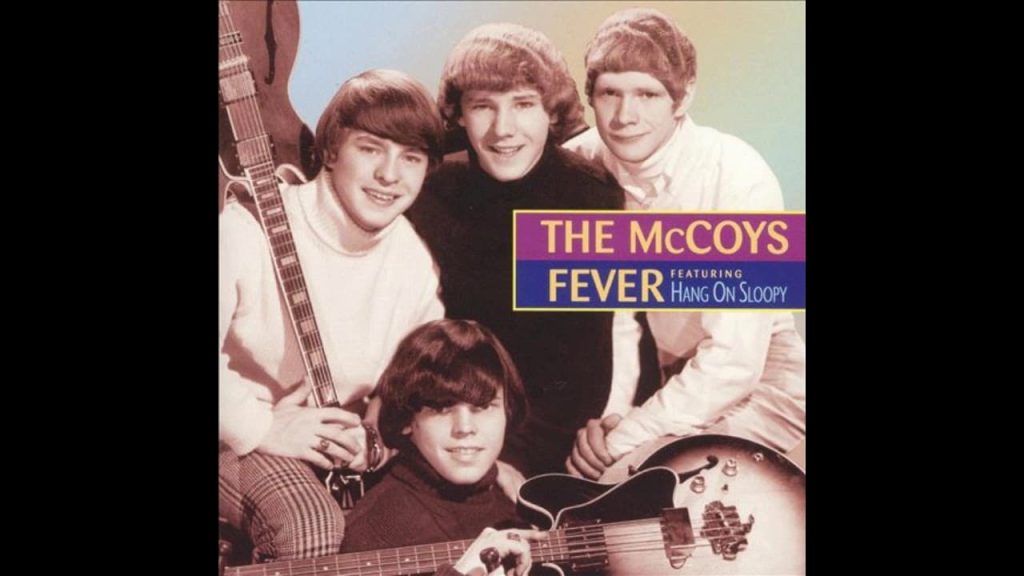
The McCoys – “Fever”: A Fresh Take on a Timeless Classic
Released in 1971, The McCoys’ version of “Fever” brought a new edge to this widely beloved classic, injecting it with a dose of rock energy and the band’s signature groovy style. Originally written by Eddie Cooley and Otis Blackwell (under the pseudonym John Davenport), “Fever” gained fame through Peggy Lee’s sultry 1958 rendition, which remains an iconic interpretation to this day. The McCoys, however, took this simmering, bluesy number in a different direction, adding a punchy rhythm and youthful verve that gave it an entirely new vibe, while keeping the seductive essence of the original intact.
The McCoys had already risen to fame in 1965 with their hit “Hang on Sloopy”, a song that showcased their knack for catchy, rhythmic rock, and with “Fever,” they continued to play with rhythm and blues. In their version, The McCoys dial up the tempo and add a bit more swagger to the classic bass line. Where earlier renditions had leaned heavily into jazz and blues, The McCoys’ approach was driven by electric guitar, a steady, upbeat drumline, and lively backing vocals that bring a rock ‘n’ roll edge to the track. Their interpretation is looser and rawer than Lee’s famously restrained version, giving the song a youthful, rebellious twist.
Vocally, Rick Derringer (then known as Rick Zehringer) brings a blend of attitude and charm that fits the song’s flirtatious lyrics. His voice has a raspy, edgy quality that matches the energetic instrumentation, with a slight roughness that adds a touch of rock grit to the song. Where Lee’s vocals were smooth and sultry, Derringer’s performance brings an everyman, danceable feel to the track, making it sound like a song for packed, sweaty dance floors. He plays with the lines “You give me fever” and “What a lovely way to burn” with a playfulness and energy that pulls listeners in.
In keeping with The McCoys’ rock sensibilities, their arrangement of “Fever” minimizes some of the jazz inflections of previous versions and puts more emphasis on guitar riffs, rhythm, and percussion. The bass remains a central part of the groove, with a driving beat that carries the track forward. The song’s infectious rhythm makes it feel like an invitation to dance, with a sound that feels fresh and distinctly different from the slow-burning, moody renditions that came before it. It’s the sound of a band having fun with a song, and that energy translates to listeners, who can’t help but get swept up in the groove.
“Fever” has always been a song of mood and mystique, and The McCoys’ rendition doesn’t sacrifice that mysterious appeal—it simply reframes it in a more upbeat, rock-oriented context. Their version, while perhaps less smoky and intimate, brings an accessible energy that makes it feel just as engaging and captivating.
In summary, The McCoys’ “Fever” is a bold reimagining of a classic tune, transforming it from a jazz and blues staple into a lively, danceable rock song. Their fresh interpretation brought “Fever” to new audiences in the 1970s and proved the song’s versatility, demonstrating how timeless melodies and lyrics can resonate across different styles and eras.